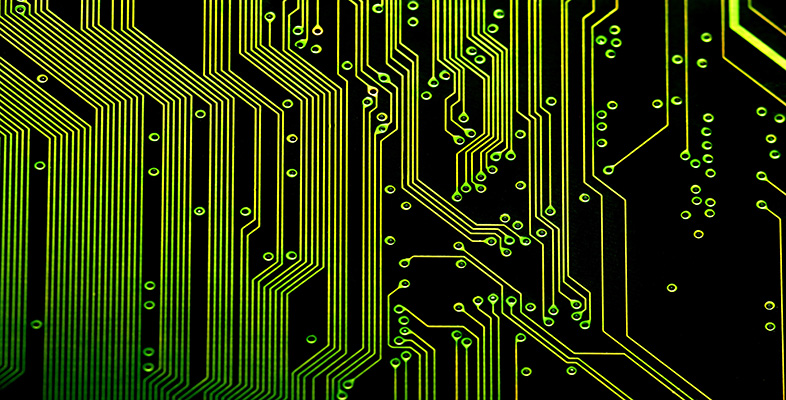2.7 Virtual worlds
Though engineering and computing have much in common, Wing argues that one big difference between the two is that computing allows us to escape from the constraints of the physical world. First, however, she points out that automatons (i.e. entities that carry out automation) are constrained by physics in the sense that they require a physical substrate/hardware to exist and work. In the end, any algorithm can only run on a real machine – a machine made of hardware – whether it comprises electronic components, brass and iron, or brain tissue.
Let us pursue the idea of how computing allows us to step outside the realm of physical constraints. For that we need to revisit the idea of abstraction as modelling. You have seen that algorithms can work with abstractions of real things such as paper and ink dictionaries. Perhaps more spectacularly, algorithms can also work with abstractions of things that do not exist, at least not in the physical world around us.
Activity 7 Abstractions of the non-physical
Can you give an example of an algorithm that works with abstractions of non-physical things? Hint: You can find such an example in Section 1 of this course.
Discussion
You saw an example in Section 1 when you learned about the algorithm for column addition. This algorithm works with non-negative integers. At first sight, it might seem that integers are physical objects. After all, can’t we write them down using pen and paper? Recall, however, Activity 4 (Ceci n’est pas une pipe). In that activity you studied the distinction between representations/abstractions and the reality they model. When you write down a ‘2’ (or any other number) on a piece of paper, this is a representation of the number 2, not the actual number. Why? Suppose that what you wrote down was the number 2 itself. In that case, if you erased it, 2 would cease to exist, and if you copied it, you would have created another number 2. That would be absurd! When you write down a ‘2’, this is merely a representation, not the actual number. Other people can write down a ‘2’ as well, and thereby talk about the same number that you’re talking about when using a ‘2’.
Perhaps this has set you wondering what numbers are, if they aren’t physical objects. Unfortunately, philosophers have been at loggerheads about this question since the ancient Greeks started discussing it. Many mathematicians subscribe to a view championed by the philosopher Plato (429–347 BCE), who proposed that numbers exist, but not in space and time; rather they inhabit what is known as ‘platonic heaven’.
Wing gives a further example of abstractions in computing that model something (physically) non-existent. She discusses virtual worlds, such as Second Life, a three-dimensional virtual world populated by avatars. Avatars are computer-animated characters that are controlled by real people – computer users. The avatars can do many things that we are familiar with in the real world, including walking around, talking to people, and interacting with objects. They can, however, also do things that are not possible in the real world, such as teleport from one location to a geographically distant other location. This is another instance where the automation of abstractions allows us to go beyond the things that can exist in the physical world. Note the big difference here between computing and conventional engineering. Engineers are generally interested in creating artefacts that are physically possible – what would be the point of designing a bridge that cannot be built?
